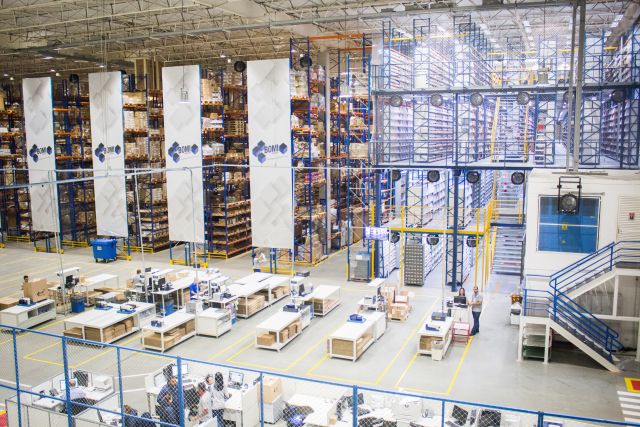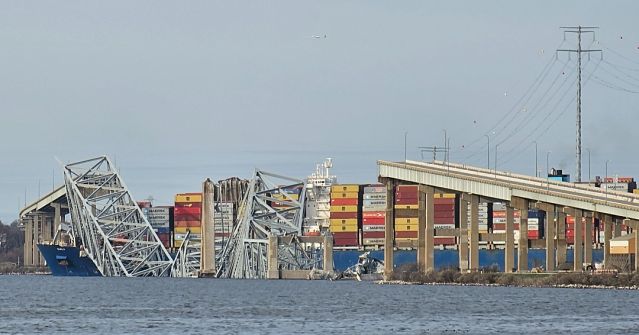The trucking industry has been struggling with an industry-wide driver shortage for years, but the logistics sector has not had the same issues finding qualified workers. Warehouse employment, in particular, has experienced accelerated growth due to new e-commerce distribution networks.
That growth might finally be stalling though. From 2011 to 2018, warehouse employment grew at an 8% compound annual growth rate. This year that slowed, gaining only 2.7% compared to the previous year. So what is causing that change?
Warehouse automation has grown in 2019. The world’s first fully robotic warehouse was opened in 2018, and more than 800 robots staff Amazon facilities in the U.S.
Robotic performances in warehouses have improved dramatically from a few years ago. More importantly, costs have dropped and financing robotic labor has become more flexible. Warehouse operators are already sourcing affordable short-term leases for robotic labor. Companies can now opt to lease robotic labor during peak season rather than hire human workers. This is an especially good option if it’s less about cost and more about getting the work done.
According to ABI Research, there were already 2,500 robotic-powered warehouses by the end of 2018 in the U.S. alone, and that number is expected to jump to 23, 000 by 2025. Amazon is already employing robotic labor. It has more than 100,000 robots working in its 233 million square feet of warehousing space. The increase in e-commerce fulfillment centers, which are more crowded and smaller, will likely fuel the increase in automation.
Job growth is only slowing thus far with no jobs being cut. There are still several warehousing sectors where human workers are needed, and that could see employment growth in the New Year. Fresh food delivery is growing, which means refrigerated and frozen warehousing, which are environments where robots are less effective due to high risk, will continue to hire aggressively.
Overall, the logistics industry remains strong moving into the New Year. Although warehouse employment may be slowing, other sectors of the industry are growing. While automation may be slowing down warehouse job growth, it is still incredibly valuable to the industry and is unlikely to go away anytime soon. Logistics companies that embrace automation will be the ones to succeed in the coming years.



